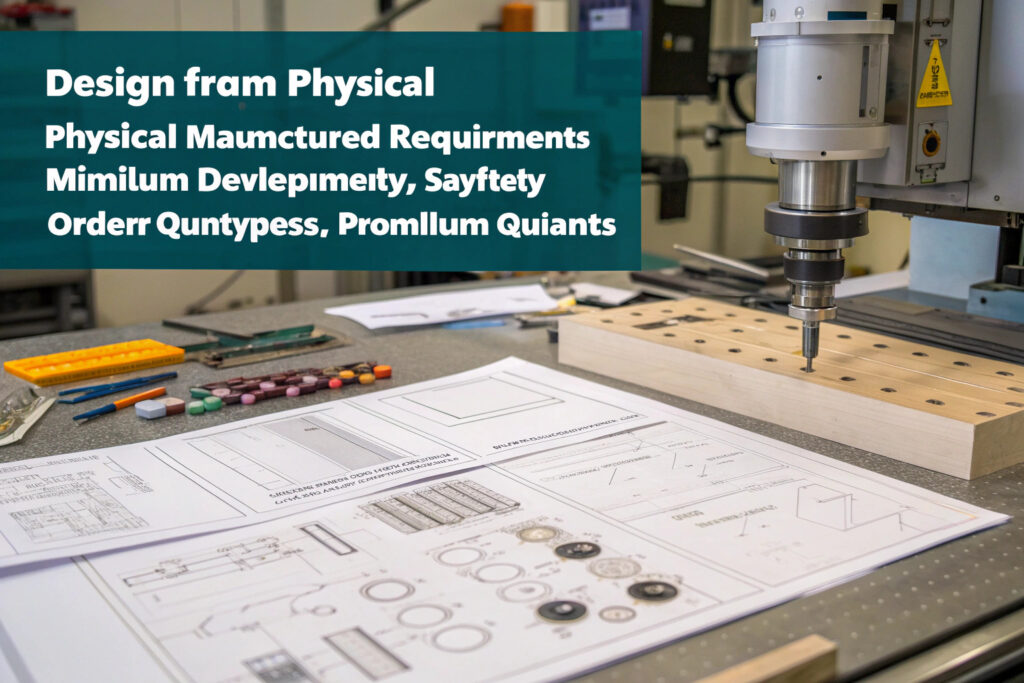Navigating minimum order quantities for sample orders represents one of the most challenging aspects of new product development in the fabric mask industry. Manufacturers face a delicate balance between accommodating designers' need for small-batch prototyping and maintaining production efficiency. Understanding the factors that influence sample MOQs helps brands plan their development timeline and budget effectively while setting realistic expectations with manufacturing partners.
MOQs for sample orders of new mask designs typically range from 50-300 pieces per design, depending on customization complexity, material requirements, and manufacturer policies. These quantities allow for proper production setup while providing sufficient samples for testing, certification, marketing, and client presentations without requiring full-scale production commitment.
The sample phase serves multiple crucial purposes beyond simple design verification—it validates production processes, tests material performance, provides certification samples, and generates marketing assets. Manufacturers establish sample MOQs that cover their setup costs while providing clients with meaningful product validation. Let's examine the factors that determine these thresholds and how to optimize your sampling strategy.
What Factors Determine Sample Order Minimums?
Multiple production and business factors influence where manufacturers set their sample MOQ thresholds.

How does customization complexity affect sample MOQs?
The level of design customization directly impacts sample minimums. Basic samples using standard patterns and stock materials might start at 50 pieces, while fully custom designs with unique patterns, specialized materials, and custom components typically require 150-300 pieces. Each custom element—unique size specifications, specialized sewing operations, custom-developed fabrics, or unique components—requires production setup that manufacturers must amortize across the sample order. Our tiered sampling system offers progressively lower MOQs for designs with fewer custom elements.
Why do material considerations impact sample quantities?
Material minimums from suppliers often dictate sample MOQs more than manufacturing preferences. Fabric mills typically require minimum purchases of 50-100 meters per color/pattern, while component suppliers have their own minimums for items like custom nose wires, specialized elastics, or unique hardware. These material minimums typically support production of 100-300 samples depending on mask size and fabric width. Our material planning system identifies these constraints early to set realistic sample quantity expectations.
What Are Typical Sample MOQ Tiers?
Understanding standard industry tiers helps set appropriate expectations and budget for sampling phases.
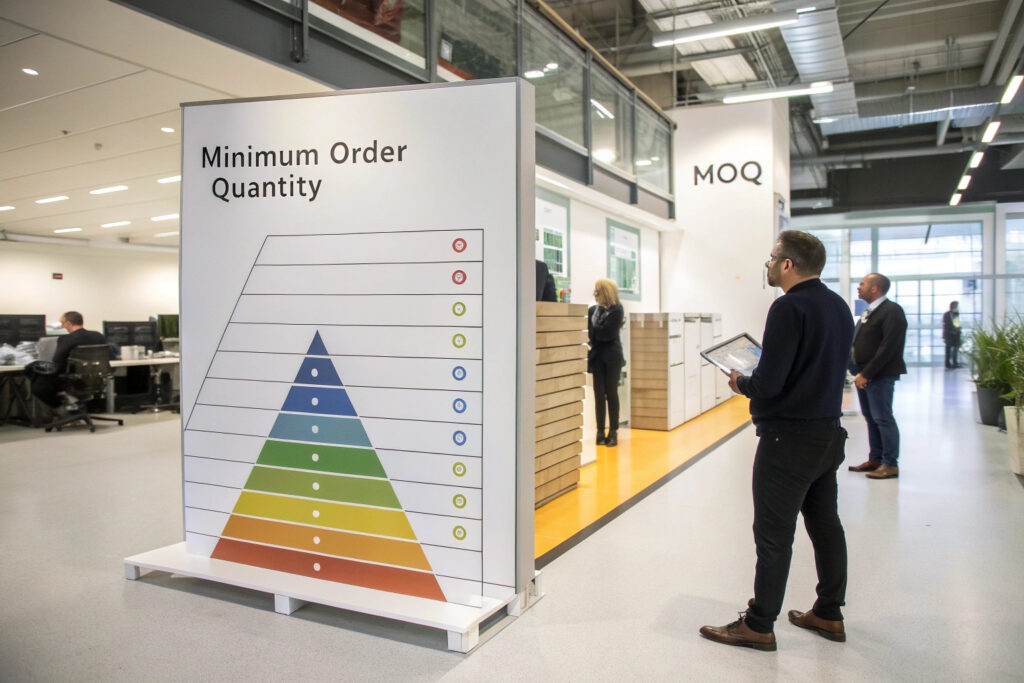
What does a basic development sample include?
Basic development samples (50-100 pieces) typically use stock materials in available colors with standard construction methods. This level works for verifying fit, basic functionality, and overall design concept. At this tier, manufacturers often use existing patterns with minor modifications rather than developing completely new patterns. Our entry-level sampling at 75 pieces provides enough units for wear testing, basic photography, and initial client feedback while minimizing development costs.
When are comprehensive samples necessary?
Comprehensive samples (200-300 pieces) involve full customization including custom-developed fabrics, unique patterns, specialized components, and production-representative construction methods. This level is necessary when seeking specific certifications, conducting rigorous testing, supplying multiple sales channels with samples, or making final production decisions. Our comprehensive sampling at 250 pieces typically provides sufficient units for certification testing (50-75 units), sales samples (75-100 units), and internal evaluation (25-50 units).
How Can You Reduce Sample Order Requirements?
Strategic approaches can sometimes reduce sample MOQs while still achieving development objectives.
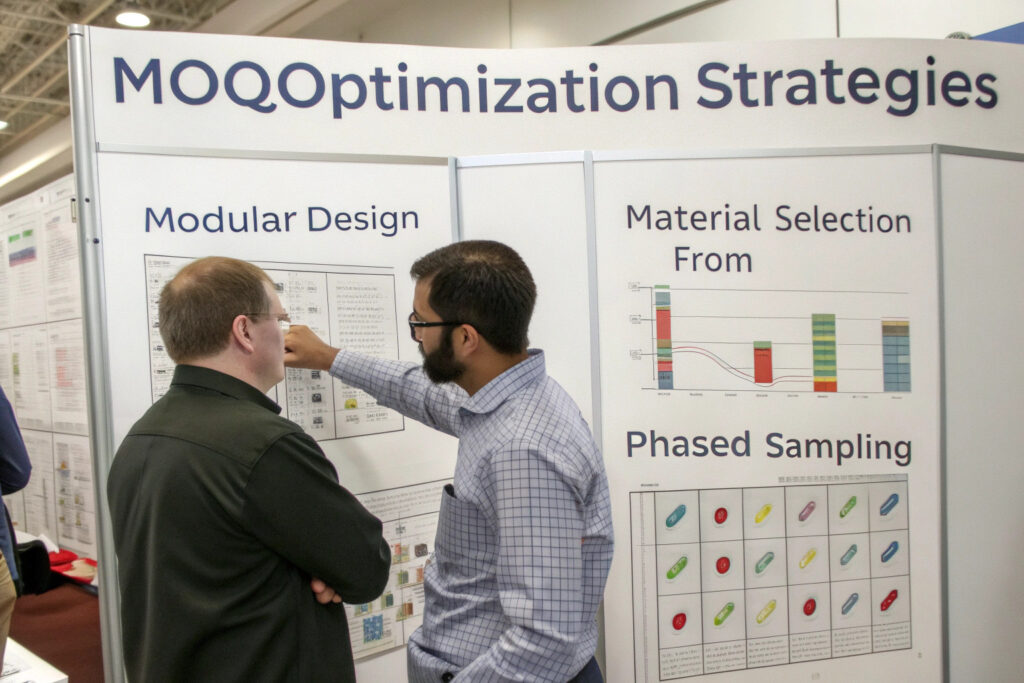
How does modular design reduce sampling costs?
Modular design approaches that use standardized components across multiple designs can significantly reduce sample MOQs. By maintaining consistent size templates, ear attachment methods, or construction techniques while varying only specific elements like fabric patterns or color combinations, manufacturers can produce smaller sample quantities. Our modular system allows samples as low as 30 pieces for variations within an established design family.
What about using stock materials and components?
Selecting from manufacturer's existing material inventory rather than developing custom fabrics eliminates material minimum constraints. Most manufacturers maintain stock of popular fabrics, elastics, and components that can be used for sampling at significantly lower quantities. Our material library approach allows clients to sample from 100+ fabric options with sample MOQs as low as 50 pieces compared to 150+ pieces for custom-developed materials.
What Value Do You Receive at Different Sample Quantities?
Understanding what different sample quantities deliver helps select the appropriate level for your development needs.
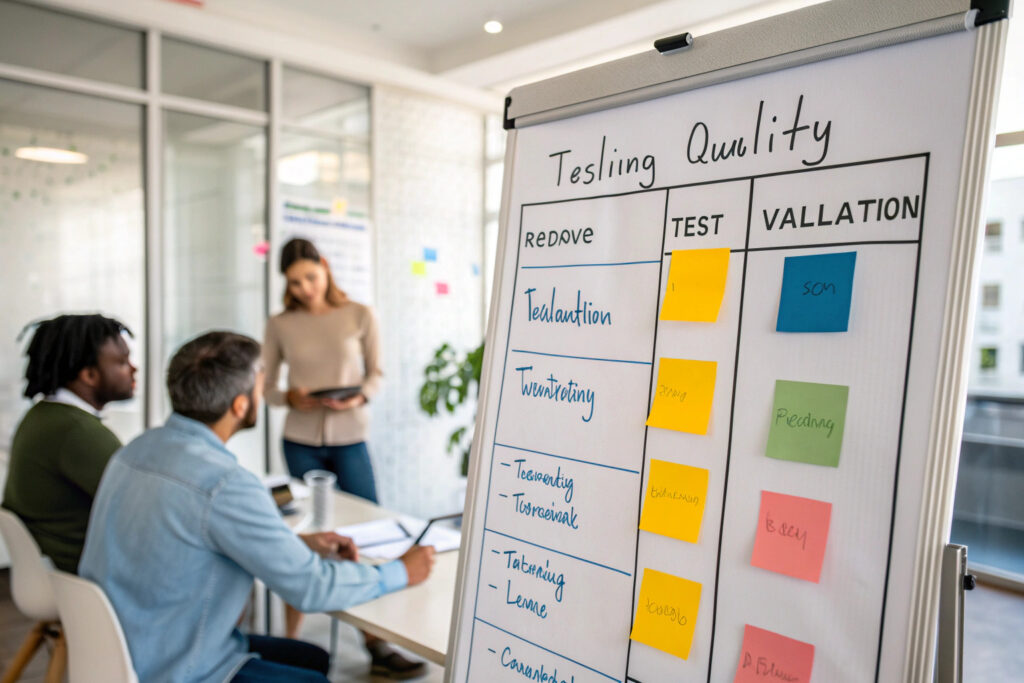
What can you achieve with 50-100 sample pieces?
This quantity range typically supports basic design validation including fit testing on multiple body types, photography for initial marketing materials, and fundamental functionality assessment. It's sufficient for internal review and preliminary client feedback but may be inadequate for rigorous testing or certification processes. Our clients using 75-piece samples typically allocate: 25 units for internal testing, 25 for key client feedback, and 25 for photography and archive.
How do 200-300 piece samples expand capabilities?
Larger sample quantities enable comprehensive development activities including certification testing (which often requires 25-50 units), distribution to multiple sales channels, extended wear testing, and production process validation. This volume also allows for testing variations within the same design family. Our 250-piece sampling typically supports: 50 units for certification testing, 75 for sales samples, 50 for extended wear testing, and 75 for internal evaluation and archive.
What Are the Cost Implications of Different Sample MOQs?
Sample pricing follows different economics than production pricing, with understanding these differences crucial for budgeting.
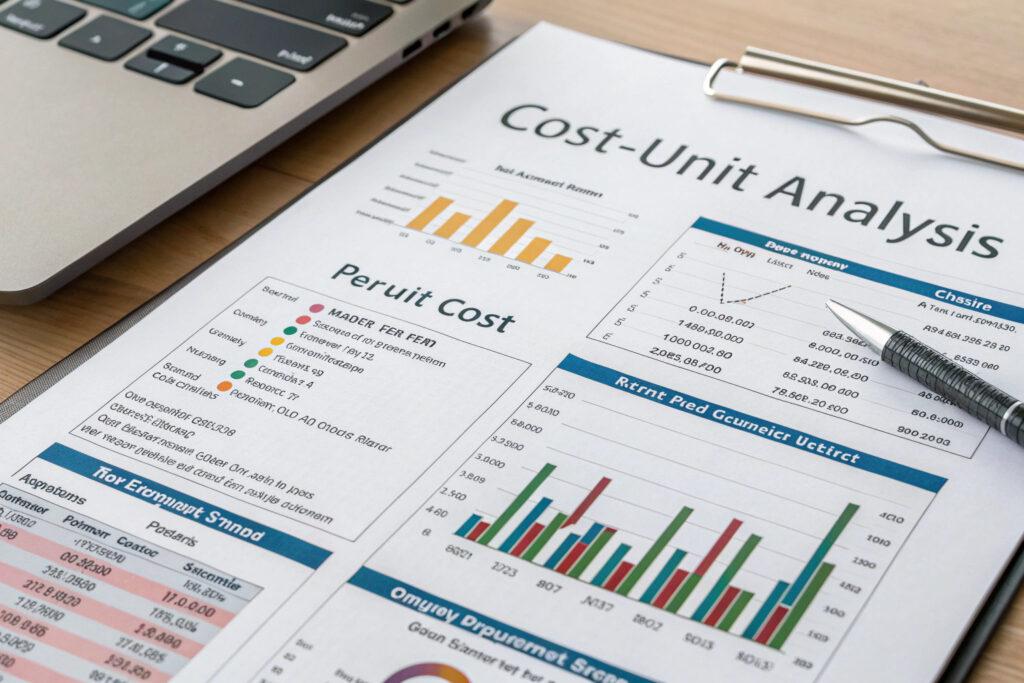
How does sample pricing compare to production pricing?
Sample costs per unit are typically 2-3 times higher than production pricing due to setup costs being amortized across fewer units, additional operator attention, and smaller material purchases. Where a mask might cost $1.50 in production, the sample version might cost $3.50-4.50 each. This premium reflects the additional engineering time, pattern making, and production line setup required for small quantities. Our sample pricing is transparent about these cost drivers.
Where do the significant cost breaks occur?
The most significant per-unit cost reductions typically occur at 50, 100, and 200 piece thresholds. Moving from 25 to 50 pieces might reduce per-unit cost by 25-30%, while increasing from 100 to 200 pieces might yield another 15-20% reduction. Beyond 300 pieces, the cost structure begins approaching production economics. Our pricing model shows clients exactly how each quantity threshold improves their per-unit economics.
What Communication Strategies Help Negotiate Sample MOQs?
Effective communication with manufacturers can sometimes yield more flexible sample terms.
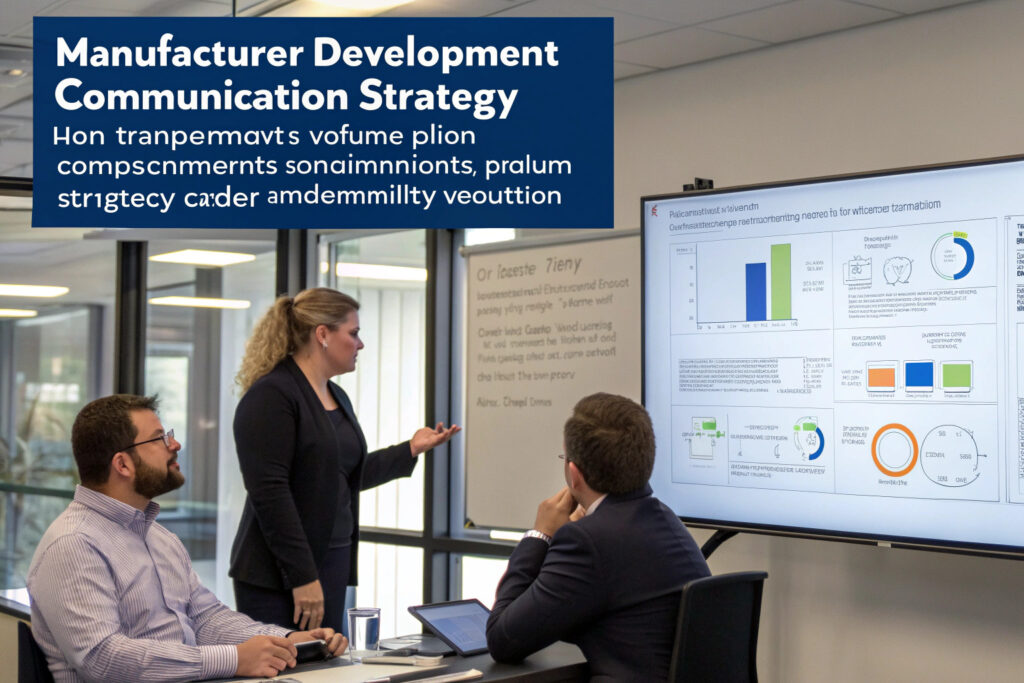
How does development timeline transparency help?
Manufacturers are often more flexible with sample MOQs for clients who provide clear development roadmaps showing intended production volumes and timing. Demonstrating that samples represent the first phase of a substantial production relationship encourages manufacturers to invest in accommodating lower sample quantities. Our most successful clients share their 12-month production forecast during sampling discussions.
What about long-term partnership approaches?
Establishing strategic manufacturing relationships rather than transactional sampling interactions often yields sample MOQ flexibility. Manufacturers prioritize partners who demonstrate commitment through consistent communication, reasonable timelines, and clear intention to move to production. Our partnered clients typically receive 20-30% lower sample MOQs and preferential scheduling compared to one-time sampling requests.
Conclusion
MOQs for sample orders of new mask designs typically range from 50-300 pieces based on customization complexity, material requirements, and manufacturer policies. While these minimums represent a significant investment compared to simple prototypes, they reflect the real costs manufacturers incur in setting up proper sampling processes. The most effective approach involves matching sample quantities to specific development objectives—using smaller quantities for basic design validation and larger quantities for comprehensive testing and certification.
Strategic sampling decisions significantly impact both development costs and timeline. Investing in appropriate sample quantities prevents costly mistakes in full production while providing the physical assets needed for market testing and certification. The most successful product launches typically emerge from thorough, well-planned sampling processes rather than rushing to production with inadequate validation.
Ready to discuss sample MOQs for your new mask designs? Contact our Business Director, Elaine, at elaine@fumaoclothing.com to discuss our sampling options and receive a detailed proposal based on your specific design requirements. We'll help you determine the optimal sample quantity for your development needs while maintaining cost efficiency.

